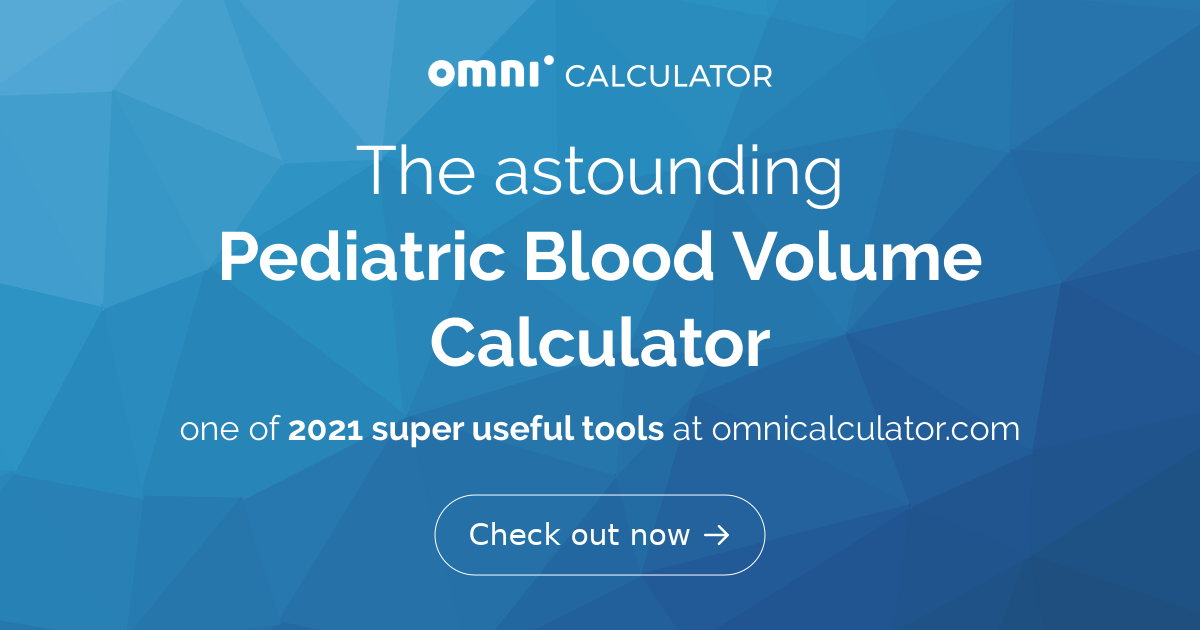

Calcium can also be added to the return line to offset the effects of the citrate anticoagulant used throughout the process. When the remaining components are returned to the patient, replacement fluids are added to the return line, depending on the specific indication. The machine can be programmed to remove a specific component, such as the plasma layer.

The whole blood that is initially removed from the patient is separated in the apheresis machine, commonly through continuous centrifugation, which separates out blood components such as red blood cells, buffy coat layer, and plasma based on relative density. A patient’s efferent and afferent vascular access is obtained either through venous central access catheters or through venous peripheral access with large-bore needles able to withstand relatively high pressures and flow-rates. This schematic illustration demonstrates the basic tenets of apheresis that were just discussed. The eventual goal of this separation is to remove pathogenic substances from whichever blood component is affected while simultaneously returning replacement fluids and non-pathogenic blood components to the patient. Although important, secondary and congenital forms of thrombotic microangiopathy are beyond the scope of this presentation.Īpheresis is a complex medical treatment modality that might be best described as extracorporeal therapy with an automated cell-separator in which a patient’s blood is removed and continuously physically separated into its various components. For this discussion, the focus will be on idiopathic TTP, which is the most commonly encountered form. TTP, or thrombotic thrombocytopenic purpura, which is the main focus of this presentation, is a rare, life-threatening condition in which the ultimate pathology stems from ischemic end-organ damage due to the formation of microvascular thrombi, that is, a thrombotic microangiopathy. Finally, we will discuss the specific role of therapeutic plasma exchange in the treatment of TTP, as well as some of the specific aspects for this treatment modality. This will be followed by a discussion of the pathophysiology of TTP, which will be critical to the understanding of its treatment options. Welcome to this Pearl of Laboratory Medicine on “Therapeutic Plasma Exchange in TTP.” Slide 2:įor this presentation, we will first introduce the pertinent definitions and terminology as they pertain to this topic. I am one of the Clinical Pathology chief residents at Beth Israel Deaconess Medical Center in Boston.


 0 kommentar(er)
0 kommentar(er)
